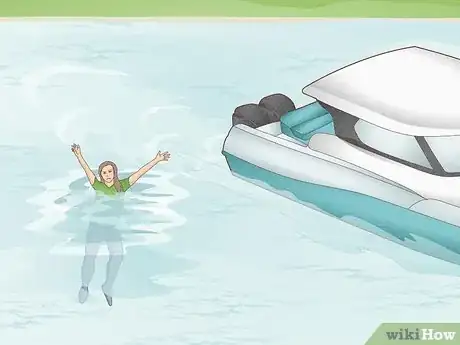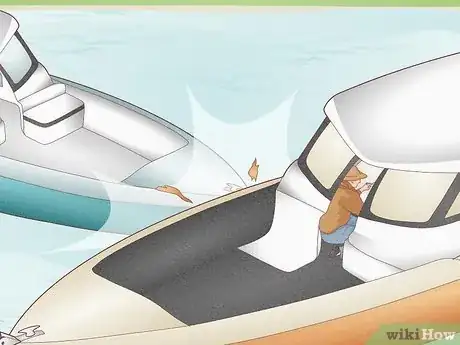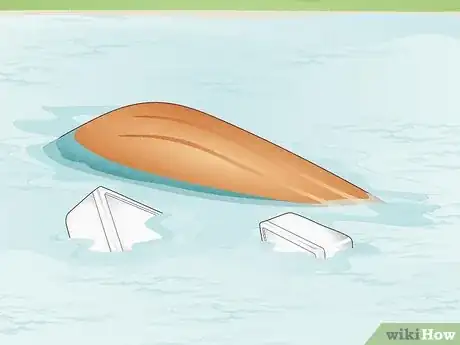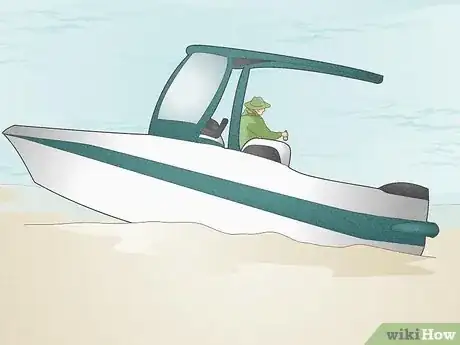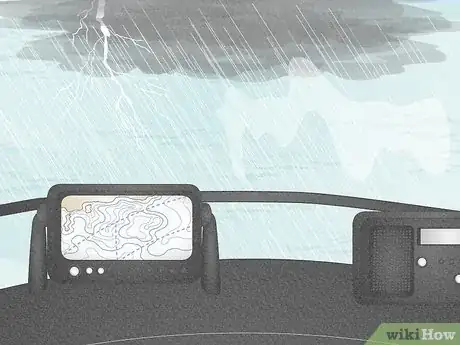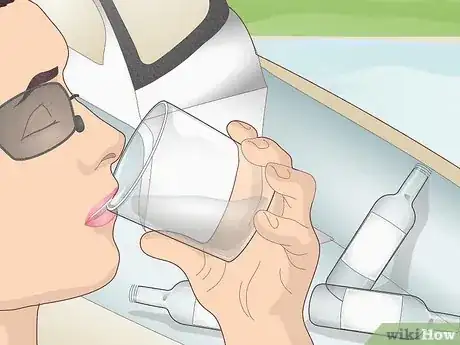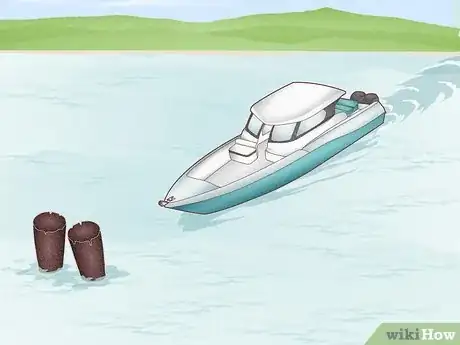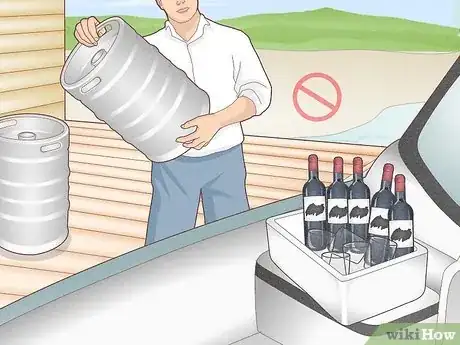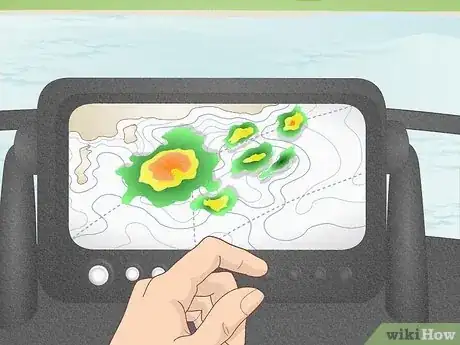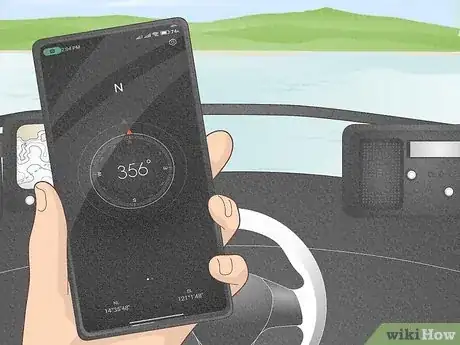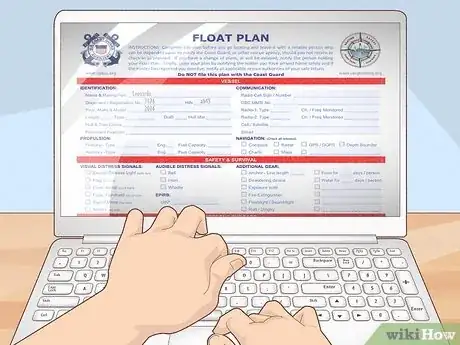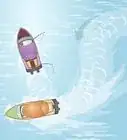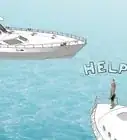This article was co-authored by Travis Lund and by wikiHow staff writer, Eric McClure. Travis Lund is the General Manager at the Vallejo Marina, a large marina located between the San Francisco Bay and the Delta in California. Sailing since he was six-years-old, Travis has over 15 years working in sailing operations and instruction and has pioneered a coaching platform that combined traditional coaching with multi-camera video support. He studied English at Michigan State University, where he was on the sailing team.
There are 7 references cited in this article, which can be found at the bottom of the page.
Going out on the water is always dangerous, but it’s especially risky if you don’t know what those dangers actually are. Whether you’re new to boating and want to make sure you’re being safe or you’re simply curious about the data, you may want to know what the data says. In this article, we’ll walk through the most dangerous boating mistakes, cover the other common mishaps, and show you what you can do to keep you and your loved ones safe on the water.
Things You Should Know
- People going overboard is the most common cause of fatalities involving small and large boats.
- Alcohol, operator inexperience, and operator inattention are the biggest risk factors for boating incidents.
- In 83% of boating deaths, the victim wasn’t wearing a life vest. Always keep a life jacket on when you’re on the water.
Steps
Major Risk Factors
-
1Alcohol is the leading factor in fatal recreational boating accidents. When it comes to mortality rates, alcohol is hands-down the #1 killer on the water. If you’re going to hang out on a boat, don’t have more than a drink or two—especially if you plan on swimming. Alcohol inhibits your ability to assess risk and control your impulses, both of which are extremely dangerous on the water.[8]
- If you are going to drink, sip it slowly and limit yourself to 1 drink every hour. Have a glass of water in between each alcoholic beverage as well.
- Never drink if you’re operating the boat. The risks and penalties are massive; it’s just as dangerous as drunk driving.
-
2Operator inattention and inexperience are the biggest incident factor. If we ignore mortality rates, the biggest reason something goes wrong on the water with a recreational boat is the skipper. Either the boat’s operator doesn’t know what they’re doing, or they do and they just stop paying attention. This is why it’s so important to focus on what you’re doing if you’re driving a boat.[9]
- If you’re new to boating, stay close to the shore, keep your life vest on at all time, and don’t do anything outside of your abilities as a captain.
References
- ↑ https://uscgboating.org/library/accident-statistics/Recreational-Boating-Statistics-2021.pdf
- ↑ https://www.cdc.gov/niosh/topics/fishing/fallsoverboard.html
- ↑ https://uscgboating.org/library/accident-statistics/Recreational-Boating-Statistics-2021.pdf
- ↑ https://www.safeboatingcouncil.org/2021-recreational-boating-statistics-available/
- ↑ https://uscgboating.org/library/accident-statistics/Recreational-Boating-Statistics-2021.pdf
- ↑ https://uscgboating.org/library/accident-statistics/Recreational-Boating-Statistics-2021.pdf
- ↑ https://uscgboating.org/library/accident-statistics/Recreational-Boating-Statistics-2021.pdf
- ↑ https://uscgboating.org/library/accident-statistics/Recreational-Boating-Statistics-2021.pdf
- ↑ https://uscgboating.org/library/accident-statistics/Recreational-Boating-Statistics-2021.pdf
- ↑ https://uscgboating.org/library/accident-statistics/Recreational-Boating-Statistics-2021.pdf
- ↑ https://uscgboating.org/library/accident-statistics/Recreational-Boating-Statistics-2021.pdf
- ↑ https://www.nsc.org/community-safety/safety-topics/seasonal-safety/summer-safety/boating
- ↑ https://www.nsc.org/community-safety/safety-topics/seasonal-safety/summer-safety/boating
- ↑ https://www.nsc.org/community-safety/safety-topics/seasonal-safety/summer-safety/boating
- ↑ https://www.michigan.gov/dnr/things-to-do/boating/safety
- ↑ https://portal.ct.gov/DEEP/Boating/Safety/Marine-VHF-Radio--The-Basics
- ↑ https://www.nsc.org/community-safety/safety-topics/seasonal-safety/summer-safety/boating
- ↑ https://floatplancentral.cgaux.org/
